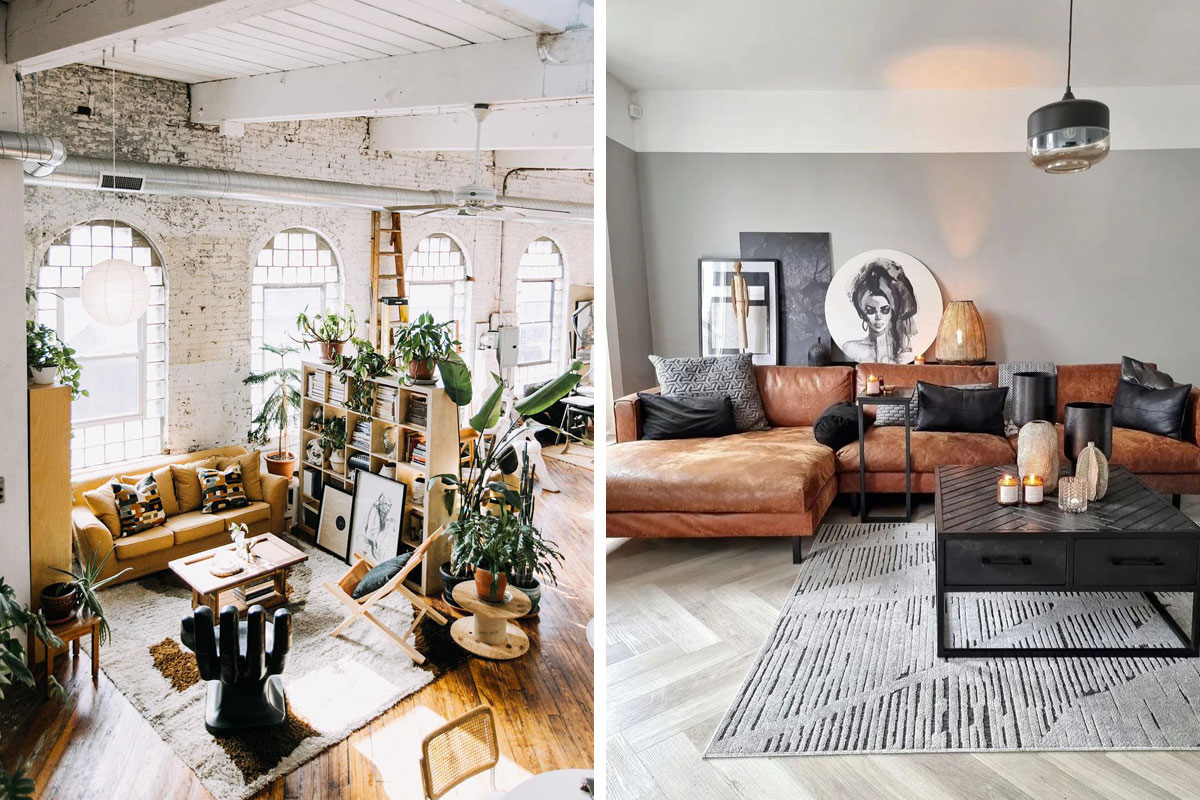Master the Art of Layering Textures in Home Design for a Cozy Atmosphere
The capability to properly layer textures within home style is a nuanced ability that considerably adds to a warm and welcoming atmosphere. The option of corresponding structures, from soft materials to natural elements, is critical in accomplishing this equilibrium.

Recognizing Structure Basics
When it concerns home decor, understanding the basics of structure is vital for producing an unified and welcoming area. Structure refers to the tactile top quality of surface areas and can significantly influence the total visual and feeling of a room. It incorporates a selection of elements, consisting of products, patterns, and coatings. By attentively layering textures, you can add depth and interest, effectively changing a flat and uninspiring atmosphere right into one that is comfortable and visually engaging.

Picking the Right Products
Selecting the best materials is essential in achieving a well-layered texture in home decor. The choice of materials not only influences the overall aesthetic however also influences the comfort and functionality of the space. When considering appearances, prioritize natural fibers such as cotton, wool, silk, and bed linen, which provide warmth and a responsive top quality that artificial products usually lack.
For furniture, opt for sturdy materials that can stand up to wear while preserving their structure. Velour and chenille can include extravagant depth, while canvas and denim provide an even more casual feeling. Including wood, rock, or steel can enhance the tactile contrast, providing a grounded, organic component to your design.
Furthermore, think about the weight and drape of textiles when selecting curtains or tosses. Much heavier materials can produce a comfortable, enveloping atmosphere, while lighter alternatives can preserve an airy feeling. Accessories like cushions and rugs can introduce varied appearances and patterns, improving the total layered impact. Inevitably, the appropriate material selections will certainly harmonize with your layout vision, producing a space that feels inviting and cohesive. Thoroughly curating these elements will substantially add to the atmosphere of your home.
Layering Methods for Depth
Effective layering methods are important for creating deepness in home decor, transforming a level area into one that really feels rich and welcoming. To achieve this, start by integrating numerous appearances that contrast yet complement each various other. Juxtapose smooth surface areas like glass or steel with softer materials such as wool or linen. This develops visual rate of interest and responsive diversity.
Layering carpets can properly define areas within a space, including warmth and dimension. Tactically positioning toss pillows with varying textures and sizes on couches or beds can boost deepness and comfort.
In addition, incorporate architectural elements such as racks or mounted artwork to create upright layers. This not just attracts the eye upward but additionally gives possibilities to present extra structures with ornamental items presented on the racks.
Shade Sychronisation and Texture
In the world of home decoration, accomplishing harmony between shade and structure is critical for developing a natural and inviting atmosphere. When find here attentively collaborated, color and appearance can raise the aesthetic allure of an area, producing depth and interest.

Next, concentrate on structure. Soft fabrics like velour or linen juxtaposed with tough materials such as timber or metal produce a dynamic interaction. A deluxe velour sofa coupled with a streamlined, metallic coffee table presents a responsive contrast that welcomes touch and exploration.
Furthermore, layering different structures-- like a woven rug under a smooth table-- can better enhance the space. Remember to preserve a natural appearance by limiting the variety of textures and colors, which assists protect against visual mayhem. By grasping the art of shade control and appearance, you can create an atmosphere that really feels both unified and welcoming.
Seasonal Appearance Transitions
As the seasons adjustment, so too need to the textures within your home to show the developing environment and mood. Transitioning your style from one season to another can develop a feeling of freshness and comfort, boosting your space's overall charm.
In spring and summer, embrace lighter fabrics such as linen and cotton. These materials advertise a breezy feel and can be boosted with lively patterns or subtle appearances like stitched information. Include ventilated toss cushions and light-weight blankets to maintain a sense of relaxation.
As autumn approaches, Your Domain Name think about introducing warmth through richer appearances. Woollen, velour, and much heavier knits can supply convenience and comfort. Choose earthy tones and split fabrics like beefy weaved throws or delicious velours to create an inviting setting.
Wintertime calls for a a lot more indulgent strategy. Include split textures with faux hair, thick wool, and plush products - Home decor. These aspects not only include deepness to your design however also invite warmth during chillier months
Conclusion
In final thought, mastering the art of layering appearances in home design considerably adds to creating a comfortable environment. By understanding texture basics, selecting ideal products, utilizing effective layering techniques, and coordinating shades, an unified and welcoming room can be accomplished. Furthermore, adapting textures seasonally boosts the overall aesthetic and comfort of the home. This thoughtful approach not just improves the visual allure but additionally promotes an environment for leisure click for more and wellness.
The ability to effectively layer appearances within home decoration is a nuanced ability that significantly adds to a warm and welcoming ambience.When it comes to home design, understanding the basics of texture is necessary for producing an unified and welcoming room. By mastering the fundamentals of structure, you lay the foundation for even more advanced layering strategies, leading to a well-curated and welcoming home design plan.
Picking the appropriate products is essential in attaining a well-layered structure in home style.In verdict, understanding the art of layering appearances in home decoration substantially contributes to developing a comfortable atmosphere.